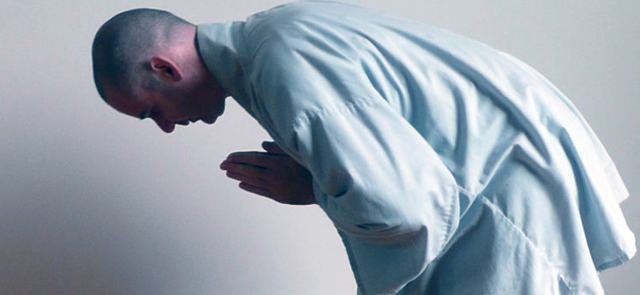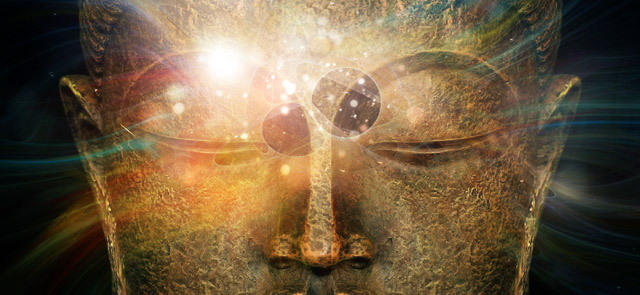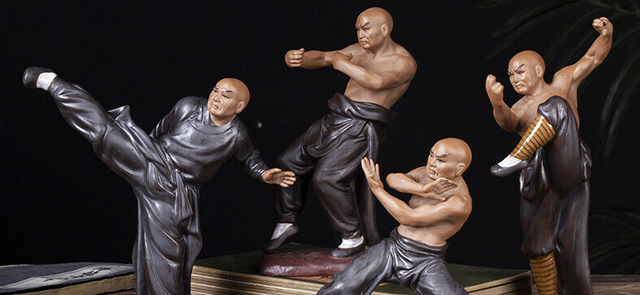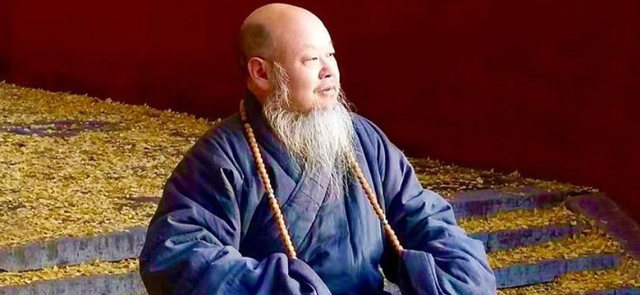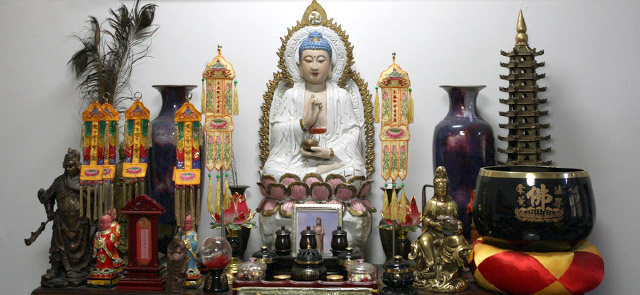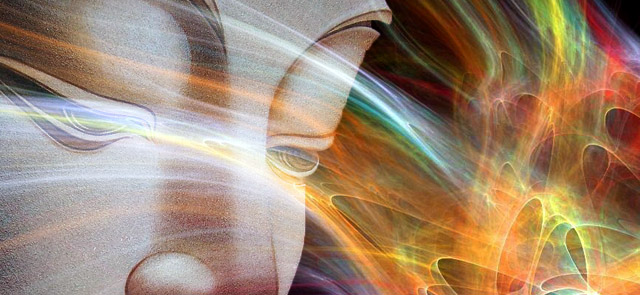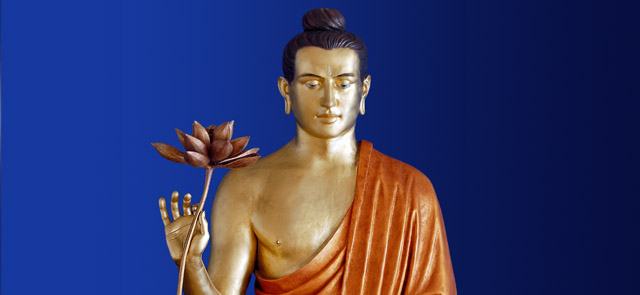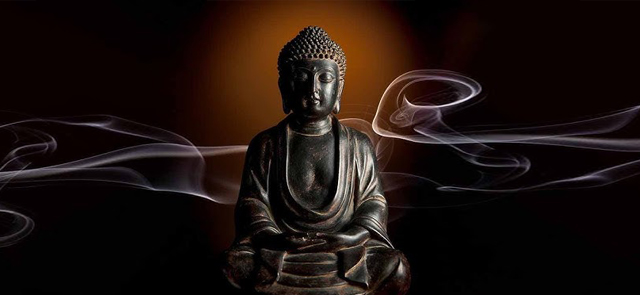As the devotees entered the serene temple, a sense of tranquility enveloped their souls. The air was heavy with the fragrance of incense, and the soft flickering of candles added an ethereal glow to the surroundings. At the center of the temple stood a magnificent golden statue of the Buddha, radiating a serene and compassionate presence. The devotees knew that this was a sacred space where they could connect with the profound teachings of the enlightened one.
Among the various practices observed in Buddhism, bowing to the Buddha holds a special significance. It is not merely a physical gesture; it embodies a deeper meaning and purpose. The act of bowing transcends cultural boundaries and resonates with the universal human longing for spiritual awakening and enlightenment.
Bowing to the Buddha is an expression of reverence and gratitude. It is an acknowledgement of the Buddha's wisdom, compassion, and enlightened nature. Each bow is a symbolic gesture, a humble offering of respect and devotion. Through this act, practitioners seek to cultivate humility, letting go of their ego and embracing the path of enlightenment.
But the meaning of bowing to the Buddha goes beyond reverence alone. It is a reminder of the potential for awakening that resides within every individual. The Buddha's life and teachings serve as a guiding light, illuminating the path towards liberation from suffering. By bowing, devotees not only pay homage to the historical figure of the Buddha but also honor the qualities of wisdom, compassion, and mindfulness that he represents.
Bowing is an opportunity for self-reflection. As one lowers their head in reverence, they are encouraged to look inward and examine their own thoughts, emotions, and actions. It is a moment to contemplate the causes of suffering and the ways in which one can alleviate it. The act of bowing becomes a form of meditation, a practice of mindfulness that brings one's attention to the present moment.
Furthermore, bowing to the Buddha fosters a sense of interconnectedness. It reminds practitioners that they are part of a larger spiritual community and that they are not alone in their pursuit of awakening. In this shared act of reverence, devotees create a collective energy of devotion and aspiration. Bowing becomes a unifying force that transcends individual differences and brings people together in their common pursuit of spiritual growth.
The physical aspect of bowing also holds significance. By prostrating oneself before the Buddha, devotees assume a position of surrender and submission. It is an act of surrendering the ego and letting go of attachments. In this humble posture, one recognizes the impermanence of life and the futility of clinging to worldly desires. The bow becomes a metaphorical gesture of laying down one's burdens and embracing the path of liberation.
In bowing to the Buddha, one is encouraged to bring the spirit of reverence into all aspects of life. It is not limited to the confines of a temple but extends to every interaction, every moment of daily existence. The humility and gratitude cultivated through bowing can shape one's behavior, fostering kindness, compassion, and empathy towards all beings.
As the devotees concluded their bows and rose from their prostrated positions, a deep sense of peace and renewal filled their hearts. The act of bowing had reminded them of their inherent potential for awakening, their connection to a larger spiritual community, and the path of liberation that lay before them. With renewed determination, they left the temple, carrying the profound meaning of bowing to the Buddha with them, ready to infuse their lives with wisdom, compassion, and mindfulness.
